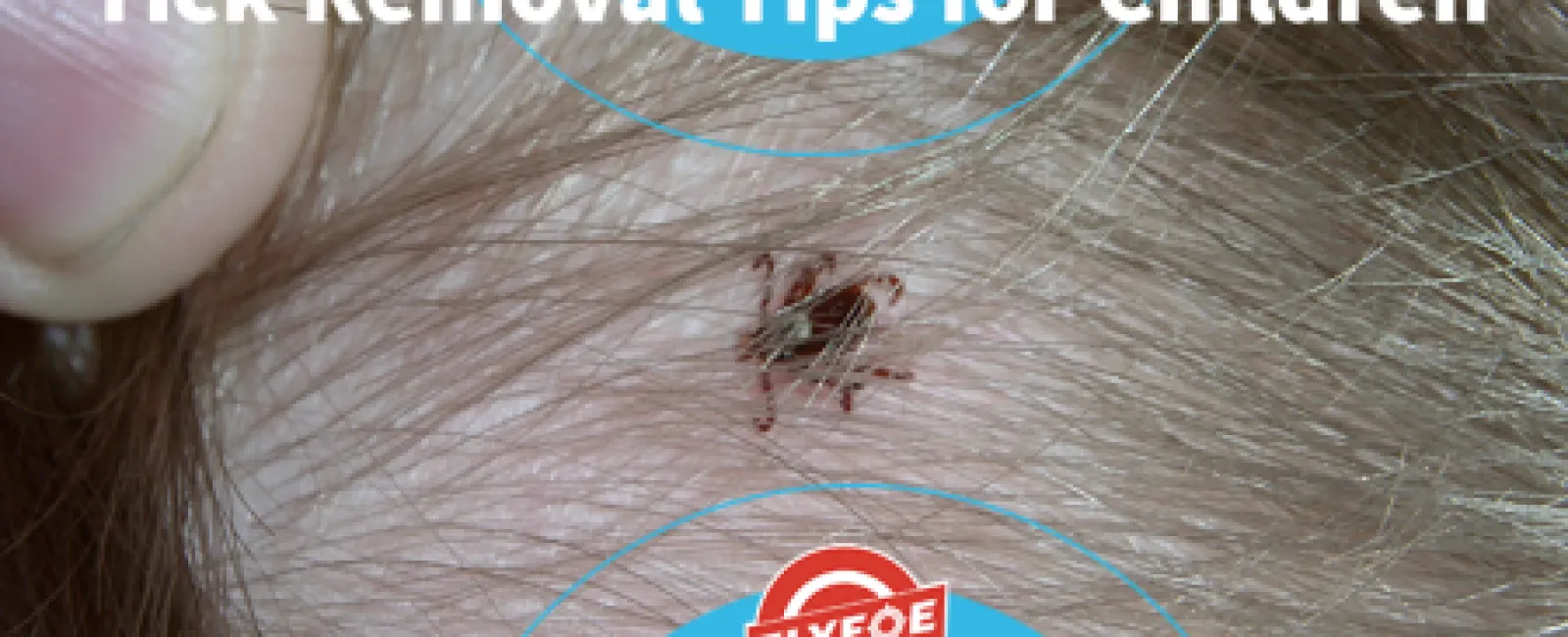Even though there are almost two dozen tick-borne diseases known to occur in the United States, only a quarter of them must be reported at the national level. During the past year (June 2018 - May 2019) there have been 287 cases of anaplasmosis, 174 cases of babesiosis, 134 cases of ehrlichiosis, 286 cases of spotted fever group rickettsiosis, and 19 cases of tularemia reported from patients in the United States.
If you find a tick attached to your child's skin, use fine-tipped tweezers to grasp the tick as close to the skin as possible and apply steady, gentle pressure. Be careful not to break off the tick's mouth parts embedded in your child's skin. Even though you have likely been told to "… apply nail polish or petroleum jelly to the tick, or try to burn it off…", DO NOT do this, it just causes the tick to regurgitate its body contents into your child.
Using soap and water, iodine, or rubbing alcohol clean the bite site after you remove the tick. If your child develops a rash at or near the bite site or feels ill, see your pediatrician.
Preventing and controlling ticks in residential yards and gardens can be challenging, particularly during the late spring and summer month, and especially if they are well-established. Effective control will require both planning and vigilant efforts including the use of pesticides, but always requiring mechanical control methods such as keeping grass and shrubs trimmed, removal of organic debris (e.g., fallen leaves and brush piles).
Keeping your pets tick free, especially if they are indoor/outdoor pets, is a critical component in keeping your kids (and yourself) tick free. For professional mosquito and tick control contact Patio Patrol to get started.
Use fine-tipped tweezers to grasp the tick as close to the skin as possible and apply steady, gentle pressure. Be careful not to break off the tick's mouth parts embedded in your child's skin.


